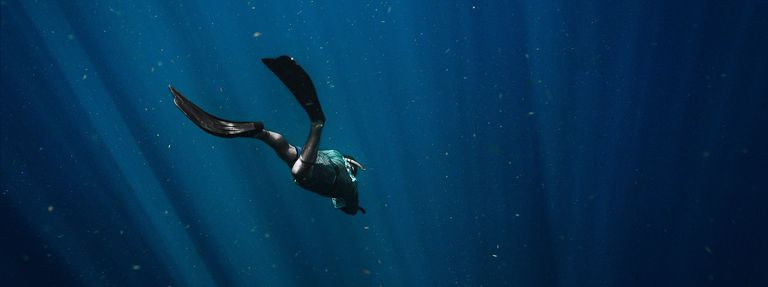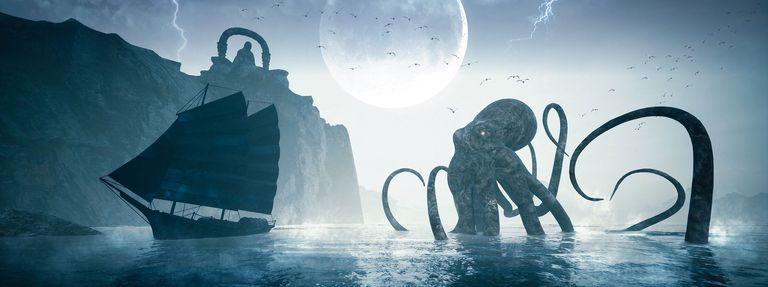An Early History of Submarines
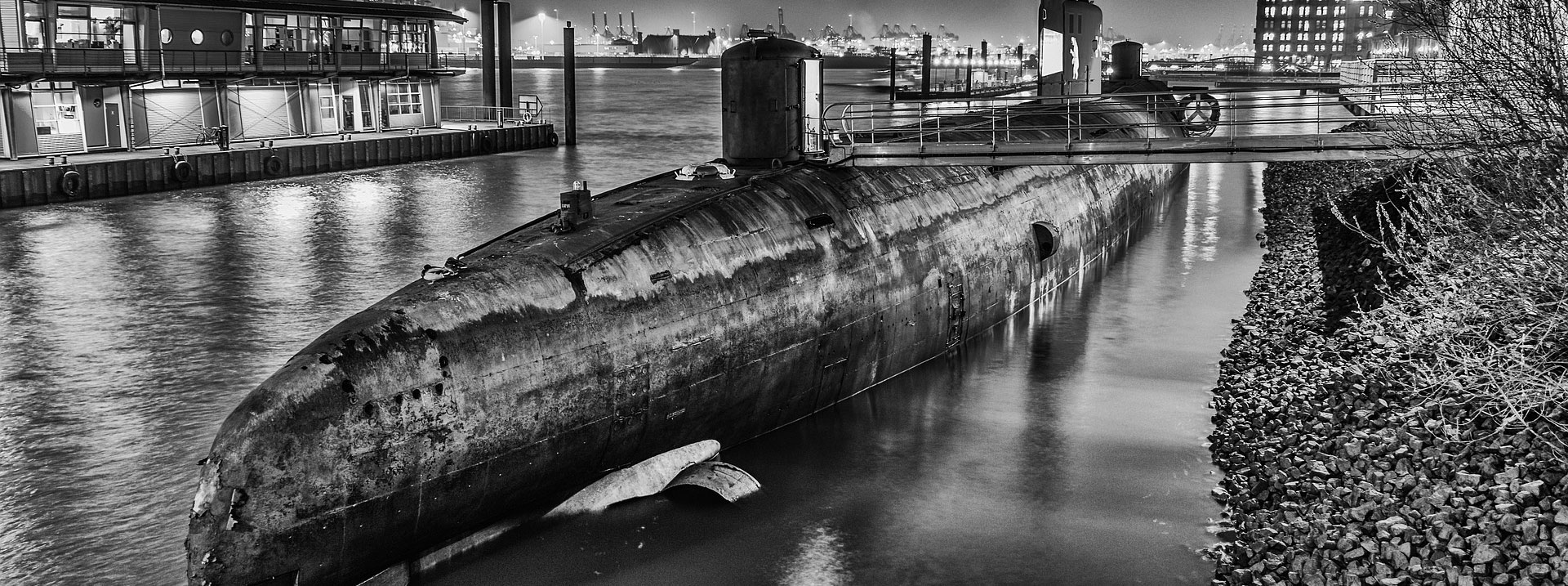
Do safe boating practices apply when you're under the water? We believe they do! No matter how you boat or play on the water – whether you're on a small boat while fishing or you prefer riding a jet ski – safety and boating knowledge must be a priority.
That means safety applies even if you "boat" via submarine. However, the very first submariners may not have understood the safety rules and regulations we abide by today.
Let's look at how submarines became part of the boating world and how you can stay safe no matter what type of vessel you use on the water!
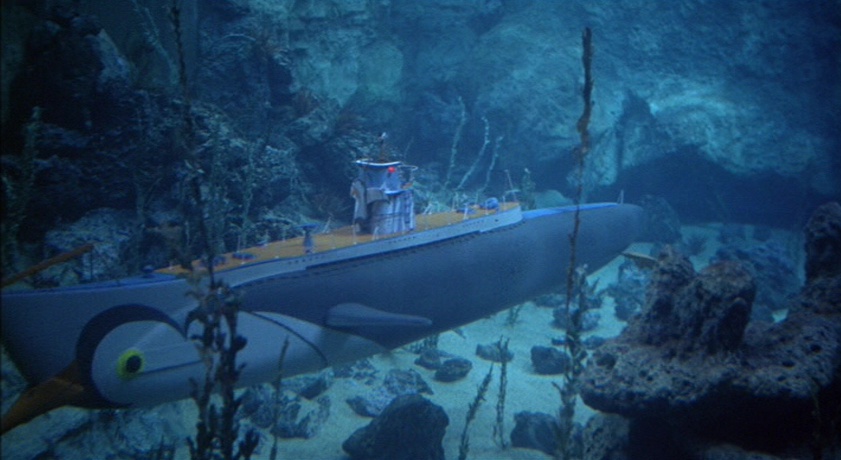
The Way They Were: A Look at The Early History of Submarines
Though the first submersible ships were developed to discover what lay beneath the surface, inventors soon began recognizing their military potential. Let's start by learning the fascinating story of how submarines have evolved over time.
1578: The First Submarine Prototype
In 1578, William Bourne designed one of the first recorded plans for underwater navigation. It was a completely enclosed wooden boat bound in waterproof leather, which could be submerged and rowed beneath the surface.
Bourne was a former Royal Navy gunner and English mathematician who went on to write very important navigational manuals. These manuals, among other things, explained making observations of the sun and stars using a cross-staff and triangulation to calculate the coordinates and distance from the shore to the ship. His advancements in the field of navigation likely even led to some of the key information one needs to know to acquire a boat license.
Bourne's idea never made it beyond the drawing board, but his design went on to inspire others, notably the Dutchman Cornelius Drebbel's underwater rowboat.

1620-1624: Cornelius Drebbel Builds the First Navigable Submarines
Cornelius Drebbel's submarine was based on Bourne's design of an underwater rowboat, which Drebbel built while working for the English Royal Navy.
Drebbel is credited with inventing the compound microscope, the mercury thermostat, and a working air conditioning system. His advances in microscopy and alchemy even earned him a small lunar crater named Drebbel.
His submarine was protected with greased leather. Rowers pulled oars that came through flexible leather seals in the hull, which powered the vessel. Additionally, snorkel air tubes reached above the surface with floats, submerging the boat for several hours.
Drebbel built two successful submarines between 1620 and 1624. He demonstrated his third ship in front of King James I and thousands of Londoners. It successfully navigated at depths of 12 to 15 feet below the surface and stayed submerged for three hours, traveling from Westminster to Greenwich and back.
Legend has it that Drebbel even took James in this submarine on a test dive, which would have made him the first monarch to travel underwater. Despite consistently successful tests, the submarine never aroused the Navy's interest enough to be used in combat.
1690-1692: French Physicist Denis Papin
This kettle-looking contraption was designed by Denis Papin, the inventor of the pressure cooker. The first design in 1690 was a strong, heavy metallic square box equipped with an efficient pump.
Unfortunately, it was destroyed accidentally before even being tested in water.
Papin's second design (the kettle), which he built in 1692, differed from the original in that the hull now had an oval shape. The submersible ship had a centrifugal air pump and was naturally resistant to outside pressure because, thanks to the pump, it permitted outside air to go in and out freely in the hull.
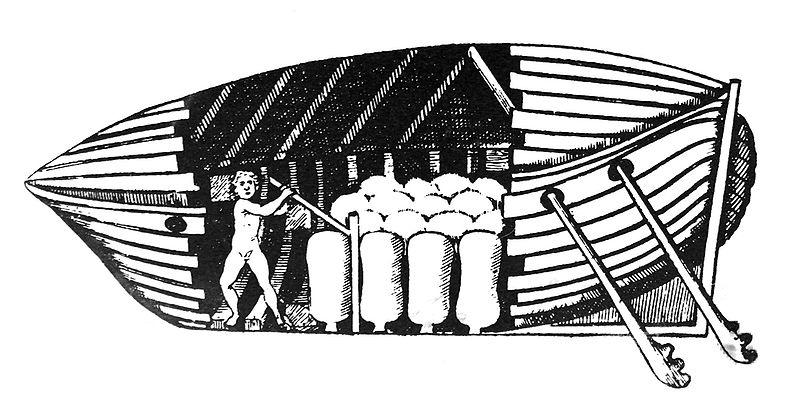
1749: Giovanni Borelli Paves the Way for the Modern Ballast Tank
In 1749, London's Gentleman's Magazine published an article that described Giovanni Borelli's 1680 boat, which had a hull made of goatskins that would allow it to submerge.
Borelli planned to submerge the vessel by filling the skins with water and forcing the water out with a twisting rod to bring it back to the surface. Although Borelli's submarine was never actually built, it provided the first approach to the modern ballast tank.

1776: David Bushnell Creates the Turtle
The TTurtle was the world's first documented submarine used in combat. It was created by American Patriot David Bushnell to attack British Royal Navy vessels blockading the New York Harbor during the American Revolutionary War.
While a student at Yale, he proved that gunpowder could explode underwater and created the first time bomb. He then used these ideas to create a vessel that would affix explosives to the undersides of British warships.
The Turtle was an egg-shaped, one-man vessel, torpedo boat that resembled a turtle when in the water. It submerged under water by admitting water into the hull and rose back to the surface by pumping it out with a hand pump. The vessel was made of two wooden shells covered with tar and reinforced with steel bands.
The Turtle was the first submarine capable of independent underwater movement and operation. It was also the first underwater vessel to use propellers for propulsion.
Bushnell offered the submarine to General George Washington to help defend New York City. Though the Turtle tried and failed to sink a British warship, George Washington wrote that Bushnell's attempt was "an effort of genius" but that "a combination of too many things was requisite" for such an attempt to succeed.

1800: Robert Fulton Designs The Nautilus
Unlike the fable version of Nautilus in Jules Verne's Twenty Thousand Leagues Under The Sea, the real Nautilus had a very different fate. The Nautilus was built in France by American engineer Robert Fulton, the same man who invented the steam engine and was funded by the Minister of Marine.
The submarine was made of copper sheets over iron ribs and had a ballast tank that flooded and emptied to change the ship's buoyancy. The Nautilus resembled a modern-day submarine shaped like a long teardrop with an observation dome.
Designed for military use, the man-powered sub was loaded with mines, which were copper cylinders carrying ten to two hundred pounds of gunpowder. The mines were triggered by a gunlock mechanism that went off when they came into contact with the enemy hull.
Though it successfully destroyed and sunk two warships during demonstrations, the French navy considered it a hazard to crew members and eventually gave up on the experiment in 1804. Upon hearing the news, the English paid Fulton to come to England and build a version for them (even though they had refused his initial proposal before going to France).
1862: Alligator, the First Known U.S. Navy Submarine
The Alligator was made of iron, with the upper part pierced for small circular glass plates for light.
Initially, she was equipped with sixteen hand-powered paddles protruding from the sides, which were replaced with a hand-cranked propeller and later a screw propeller, increasing the ship's speed by 7 knots.
The Alligator was launched on May 1, 1862, and was in service as of June 13, 1862, but sank in April 1863.
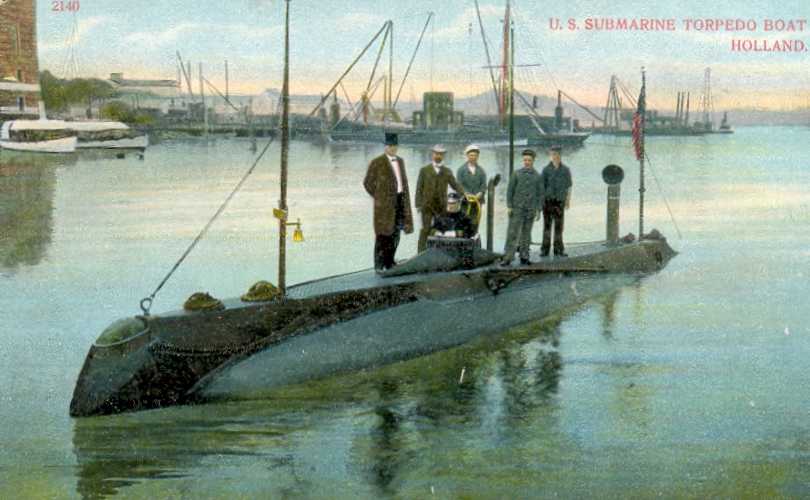
1900: The USS Holland (SS-1)
The USS Holland (SS-1) (originally named Holland VI) was designed by John Holland and sold to the U.S. Navy. It is considered the Navy's first viable combat submarine.
It was the first sub to incorporate modern torpedoes. Armed with three Whitehead torpedoes and a pneumatic dynamite gun that fired through an opening in the bow, the gasoline-powered submarine proved highly valuable for experimental purposes and for collecting data on submarines.
She traveled a 166-mile (267 km) surface run from Annapolis to Norfolk, Virginia, from 8–10 January 1901. This provided useful data on her performance over an extended period of time. This basic design of The USS Holland (SS-1) would become the standard for United States submarine development through WWI.
Stay Safe On (or Under the Water) With Boating Education
While you may not be driving or riding in a submarine anytime soon, if you plan to boat this season, it's crucial to know how to stay safe!
Boat operators in the U.S. and Canada must pass an approved safety course before operating a boat on the water. So, if you plan to drive a boat, fish on a boat, or operate a jet ski during the prime months for water activities, make sure you're safety certified!
BOATERexam is here to help. Our online courses equip boaters (and submariners, if that's your thing) with essential safety knowledge. So, if you boat in the U.S., find the course for your state and get certified. For Canadian boaters, choose the course for Canada and get started!
Originally published May 4, 2011. Content updated August 10, 2023.

